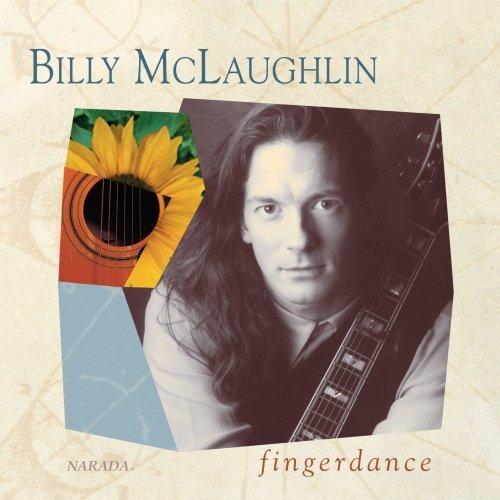
Lane Ph. D., Woody
product information
description
on? Do you enjoy reading about livestock? This book is for you. From the Feed Trough is a collection of easy-to-read essays about livestock nutrition, particularly sheep, cattle, goats, and sometimes horses and even humans. Each chapter is filled with science, practical guidelines, and background stories. And sometimes a bit of humor. For example, one chapter opens with "This is a story of bureaucratic bungling, a Nobel prize, three brilliant scientists, two countries, moldy hay, and rat poison. I am talking, of course, about the discovery of Vitamin K." Woody Lane is a PhD scientist who spent much of his adult life teaching nutrition and advising farmers and ranchers about feeding animals. From the Feed Trough is not a dry textbook. Based on Woody's articles in The Shepherd magazine, the chapters are short and entertaining. They highlight a wide range of nutritional principles, explain the underlying chemistry of each topic, and share colorful background stories behind each topic. Topics like energy, protein, minerals, vitamins, fiber, cold stress, barn fires, old hay, pelleting feeds, and even guidelines on how to read a feed tag. And for those who raise sheep, a few chapters describe specific sheep scenarios - like lambing, weaning, fast-growing lambs. And practical nutrition. Such as why ruminants like cattle and sheep can digest fiber and thrive on feeds that do not compete with human food. Or why the calorie values listed on supermarket food labels don't tell us how much energy we really digest. Or the exceptionally powerful role of vitamin D, which is really a hormone, not a vitamin. Or the nutritional value of a truffle. Or underlying details about fiber, fat, selenium, copper, early weaning, cold stress, etc. Also intriguing stories. Like why a well-known rat poison was named after a university. Or that the original Hollywood movies used film derived from the plant fiber cellulose. Or how an unexpected vitamin deficiency devastated a famous expedition in Australia. From the Feed Trough is a book like nothing else. It gets under the hood about nutrition, about the principles and science of feeding livestock, about history, about oddball scenarios, and about thinking like a nutritionist.
member goods
No member items were found under this heading.
Return Policy
All sales are final
Shipping
No special shipping considerations available.
Shipping fees determined at checkout.







